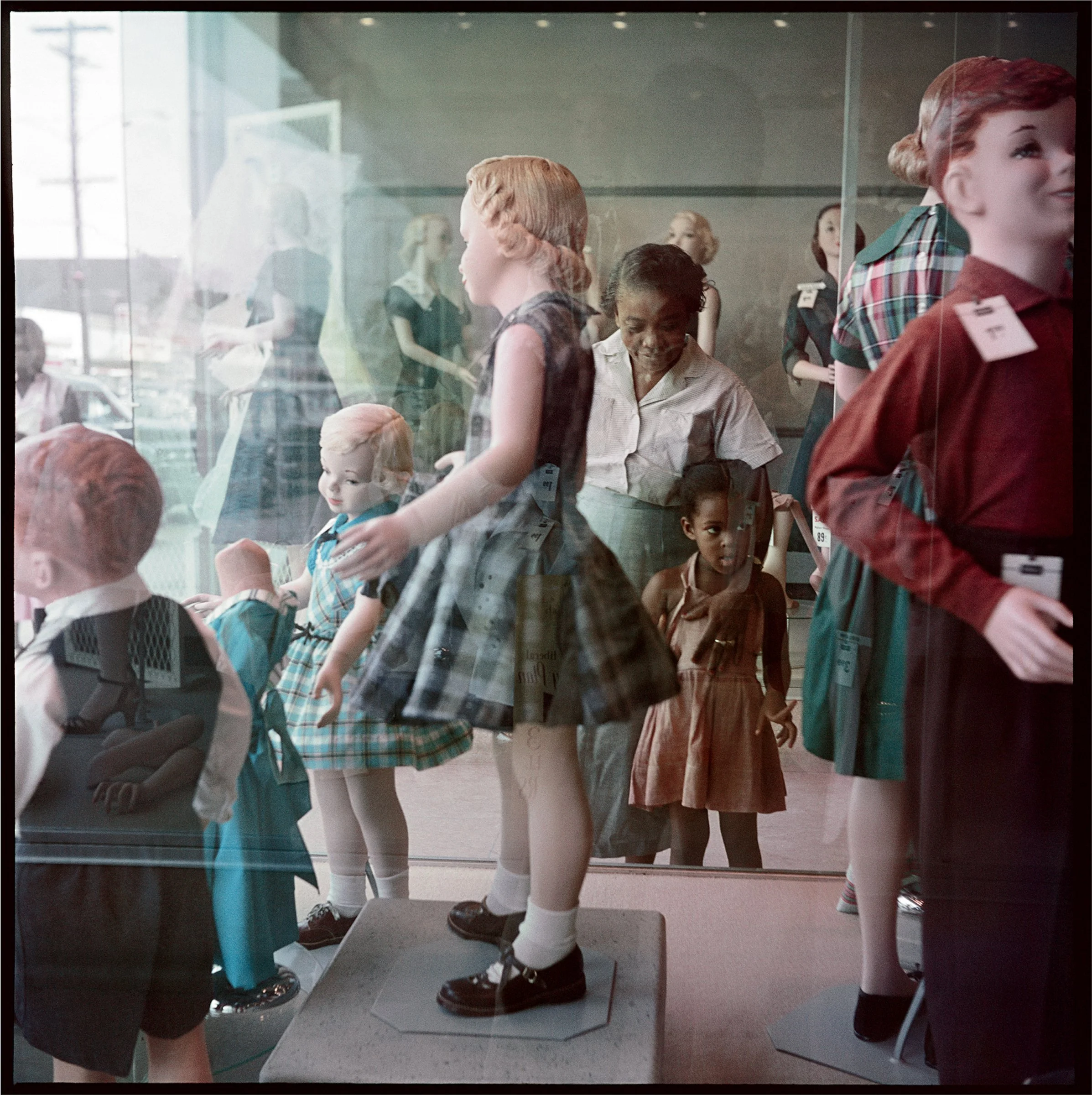Creative Spaces: Photographer's Studio as Inspiration | MFA Boston
Fukase Masahisa (Japanese, 1934–2012) Fukase Family. To the far left is a student actor named O, my brother Toshiteru, my father Sukezo, my sister’s husband Hisashi Daikouji. From the bottom left: my brother’s wife Akiko, and my sister’s eldest son Manabu, my mother Mitsue, my brother’s eldest daughter Kyoko, my sister Kanako and my brother’s eldest son Takuya, 1972
Written by: Max Wiener
The artist’s process is one of the most interesting entities in the entire world. Each individual has their own specific way of going about a project, marked by creativity entirely within their choosing. Those outside the community are often curious for a behind-the-scenes look, hoping to catch a glimpse at the very spaces where mastery is created, achieved, and shared from. At Boston’s Museum of Fine Arts, “Creative Spaces: The Photographer’s Studio as Inspiration” provides viewers a glimpse into the studios of prominent photographers from the 20th and 21st centuries. These images elevate the space itself to an almost mythic space, making art out of each aspect of the creative process-from creation to completion.
Top: Abelardo Morell (American (born in Cuba, 1948), Light Bulb, 1991
Bottom: Rachel Perry (American, born in Japan, 1962), Lost in My Life (Fruit Stickers), 2010
“Creative Spaces” does a tremendous job of romanticizing the studio and the work done within them. There are no fancy shots of the “after,” as each appears as a raw image. For instance, parties, galas, openings, etc. We, instead, see the space where talent is harnessed, or true art is made. We almost have to take advantage of this incredible opportunity of being invited to one of the most private spaces in the creative world. Many would resist showing their space- almost as if their mind were to be opened up to the world. Furthermore, the spaces themselves become art, while separating themselves from the artist. In doing so, artists are able to both elevate the playing field and create more art altogether.
Sugimoto Hiroshi (Japanese, born in 1948), Self Portrait, 1990
A marquee image in the series is Sugimoto Hiroshi’s 1990 Self-portrait, where his studio is gorgeously displayed. Yet most importantly, he blurs his own face, taking himself out of the argument for the image’s focal point. This not only highlights the image’s surroundings, but the importance of Hiroshi’s vision. He deliberately removes his face from the image. Simultaneously, Hiroshi makes the studio widely accessible and gives up his ownership for the viewer. This allows us to explore, rather than invade, the space. With this, Hiroshi inspire us to make our own space in our own lives. Hiroshi’s image is not only inviting, but the most inspiring. He wants us to see what is possible within our minds and in our own studios. All in all, Hiroshi urges us to leave and create our own masterwork, no matter what it may be.
Shadi Ghadirian (Iranian, born in 1974), Untitled, from Qajar series 1998
“Creative Spaces,” as a whole, romanticizes the creative process with an emphasis on personal autonomy and individual choice. Certainly, this helps allow the creative process to appear more familiar. People have a perception of fine art as challenging and foreign. However, these images prove it to be deeply ingrained within our mundane societal semantics. Each of us has the ability to be truly great, and a series like this is here to remind us of just that.
The Boston Museum of Fine Arts will be presenting this series at their Herb Ritts Gallery until April 28th.












